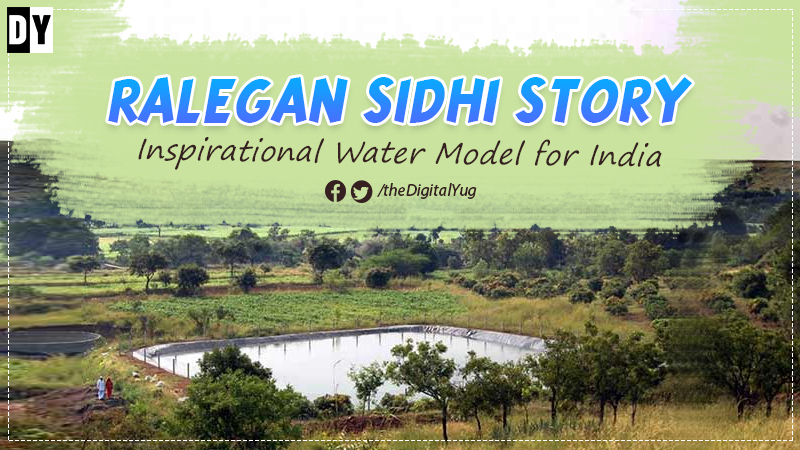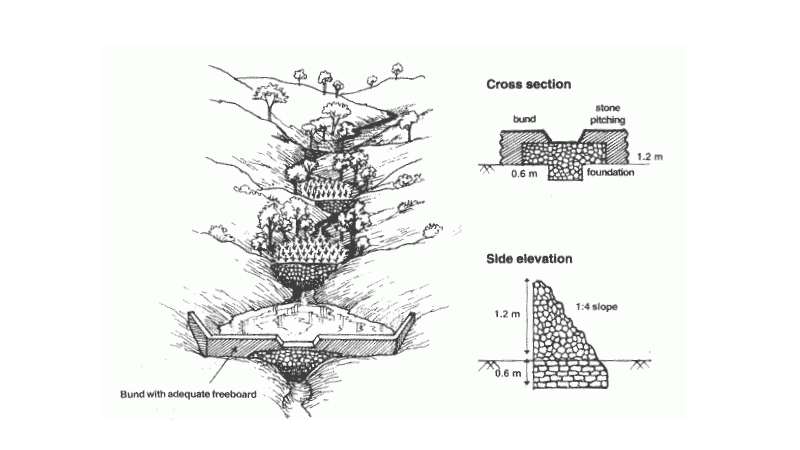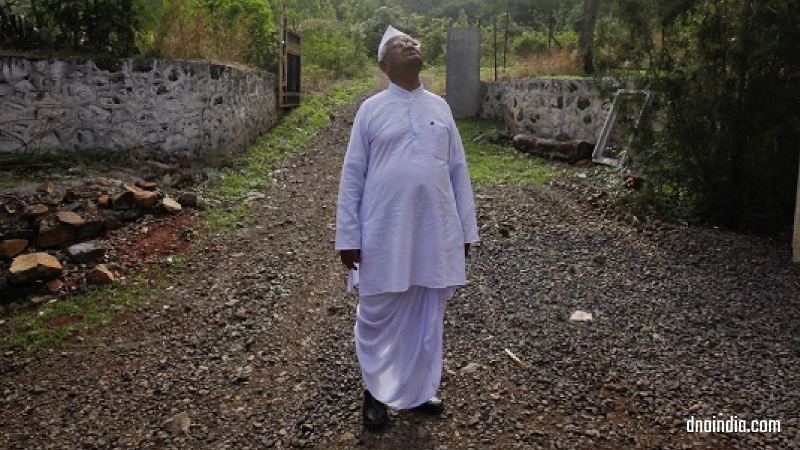- 3,120
- 1,165
- Axis Group

Date of Event:
Oct 22, 2024
In India, there are many such initiatives by visionary people who have made his/her area like heaven from an area of crisis, drought and poverty. By their initiatives, they were successful in converting it to a model where people go for visit and Picnic. This can be a great thread to discuss many such cases of rejuvenation of villages and rural lives. I am sure that BD and Pakistan will also have such models. We can discuss them here. It will be a great discussion.

 South Asia
South Asia










